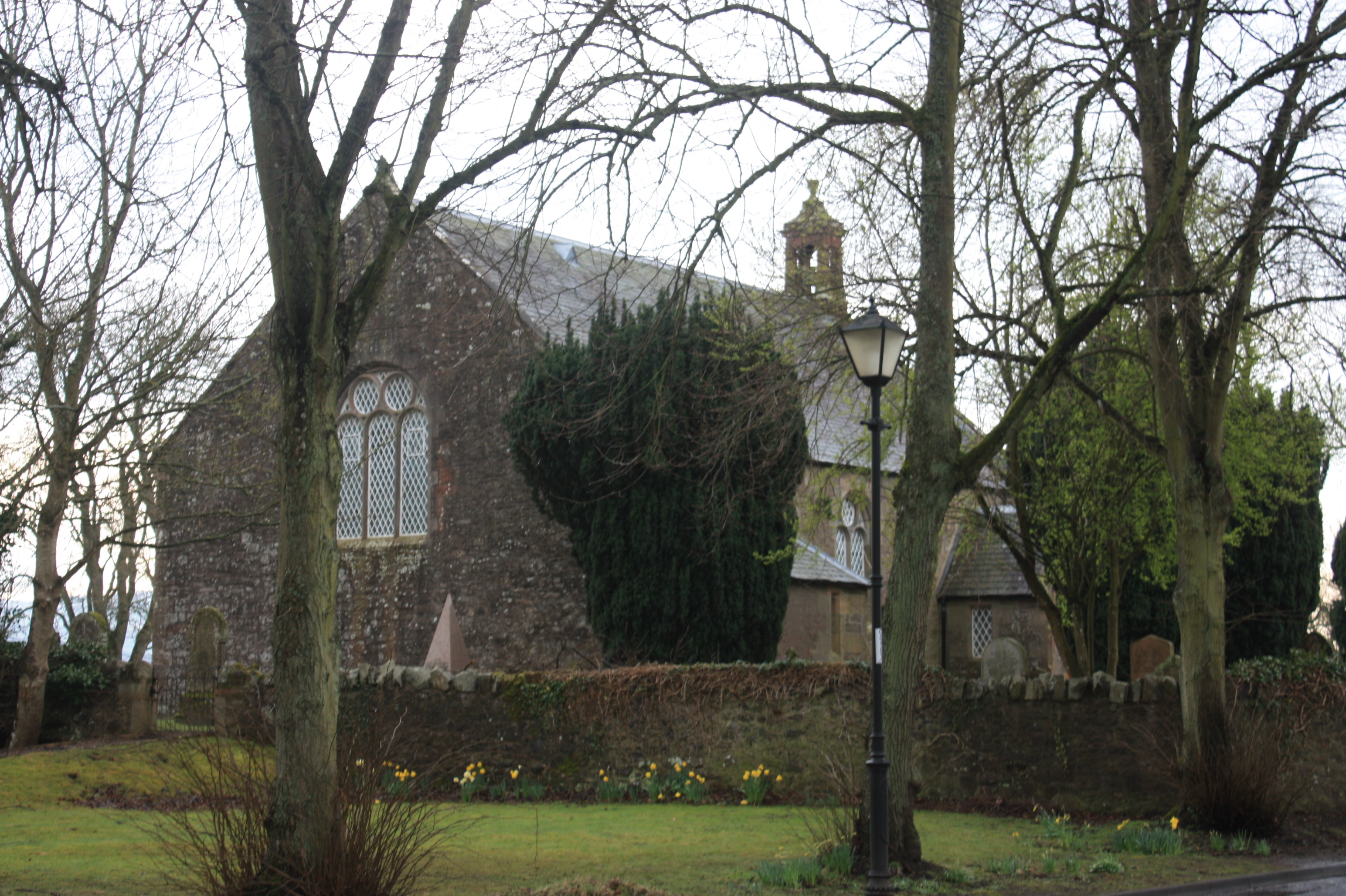Forteviot - panoramio.jpg on:
[Wikipedia]
[Google]
[Amazon]
Forteviot ( gd, Fothair Tabhaicht) ( Ordnance Survey ) is a village in Strathearn, Scotland on the south bank of the River Earn between Dunning and Perth. It lies in the council area of

 The village was rebuilt in the 1920s as a model village designed by the architect James Miller under the instruction of John Dewar, 1st Baron Forteviot, influenced by the Garden City movement. The village hall sits opposite the main village square and is an especially eclectic piece of 1920s design. It is a category A listed building.
The present church dates from 1778 and adopts the form of a Georgian box chapel, but dates from the 13th century. Gravestones date from 1690.
The village was rebuilt in the 1920s as a model village designed by the architect James Miller under the instruction of John Dewar, 1st Baron Forteviot, influenced by the Garden City movement. The village hall sits opposite the main village square and is an especially eclectic piece of 1920s design. It is a category A listed building.
The present church dates from 1778 and adopts the form of a Georgian box chapel, but dates from the 13th century. Gravestones date from 1690.
Perth and Kinross
Perth and Kinross ( sco, Pairth an Kinross; gd, Peairt agus Ceann Rois) is one of the 32 council areas of Scotland and a Lieutenancy Area. It borders onto the Aberdeenshire, Angus, Argyll and Bute, Clackmannanshire, Dundee, Fife, Highland and S ...
. The population in 1991 was 160.
The present village was rebuilt in the 1920s by John Alexander Dewar, 1st Baron Forteviot
John Alexander Dewar, 1st Baron Forteviot (6 June 1856 – 23 November 1929) was a Scotland, Scottish businessman, elder son of the founder of Dewar's, Dewar's Scotch Whisky and a Liberal Party (UK), Liberal Member of Parliament.
He is buried ...
of the Dewar's whisky family.
Early Bronze Age
On 11 August 2009 archaeologists announced that they had discovered a royal tomb from the early Bronze Age at Forteviot. Along with the remains of the ancient ruler were found burial treasures which include a bronze and gold dagger, a wooden bowl and a leather bag. Archaeologists from Glasgow University and Aberdeen University continue to investigate the finds.The Pictish palace of Forteviot
Forteviot is known to have been inhabited in the 9th century. KingCináed mac Ailpín
Kenneth MacAlpin ( mga, Cináed mac Ailpin, label=Medieval Gaelic, gd, Coinneach mac Ailpein, label=Modern Scottish Gaelic; 810 – 13 February 858) or Kenneth I was King of Dál Riada (841–850), King of the Picts (843–858), and the King ...
(Kenneth mac Alpin or Kenneth I of Scotland) (d. 858), is said to have died in the 'palace' (''palacio'') there. The palace formerly stood on Haly Hill, on the west side of the modern village, overlooking the Water of Mey
Water (chemical formula ) is an inorganic, transparent, tasteless, odorless, and nearly colorless chemical substance, which is the main constituent of Earth's hydrosphere and the fluids of all known living organisms (in which it acts as a s ...
.
The ruins of a castle associated with Máel Coluim III
Malcolm III ( mga, Máel Coluim mac Donnchada, label=Medieval Gaelic; gd, Maol Chaluim mac Dhonnchaidh; died 13 November 1093) was King of Scotland from 1058 to 1093. He was later nicknamed "Canmore" ("ceann mòr", Gaelic, literally "big head" ...
(1058–93) were visible in the 17th century. Several pieces of early medieval sculpture are preserved in the parish church, which is dedicated to St Andrew. The well-known 'Forteviot Arch', an early-9th century monolithic sandstone arch with figural sculpture, discovered in an old bed of the Water of May
Water (chemical formula ) is an Inorganic compound, inorganic, transparent, tasteless, odorless, and Color of water, nearly colorless chemical substance, which is the main constituent of Earth's hydrosphere and the fluids of all known living ...
, west of the terrace on which the village stands, is now in the National Museum of Scotland
The National Museum of Scotland in Edinburgh, Scotland, was formed in 2006 with the merger of the new Museum of Scotland, with collections relating to Scottish antiquities, culture and history, and the adjacent Royal Scottish Museum (opened in ...
in Edinburgh. It is likely to have once adorned a royal chapel.
The village
Notable residents
* Very Rev John Inglis, the son of Rev Harry Inglis, was born in Forteviot manseReferences
Further reading
* * Aitchison, Nick, ''Forteviot: A Pictish and Scottish Royal Centre.'' Tempus, Stroud, 2006. Medieval Scotland Villages in Perth and Kinross Archaeological sites in Perth and Kinross {{PerthKinross-geo-stub